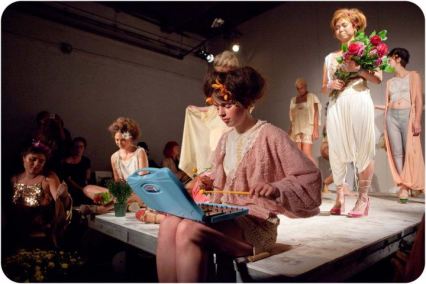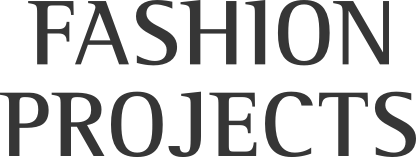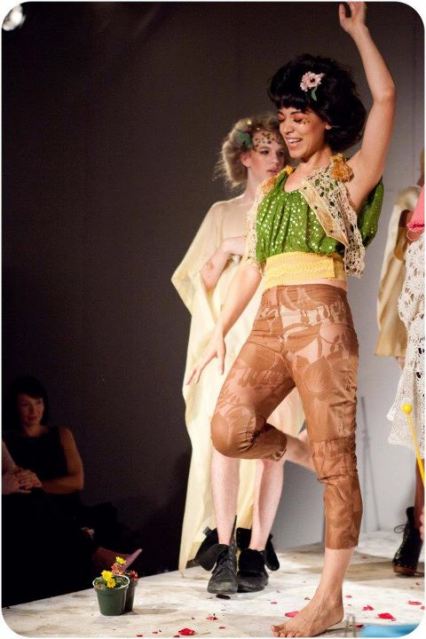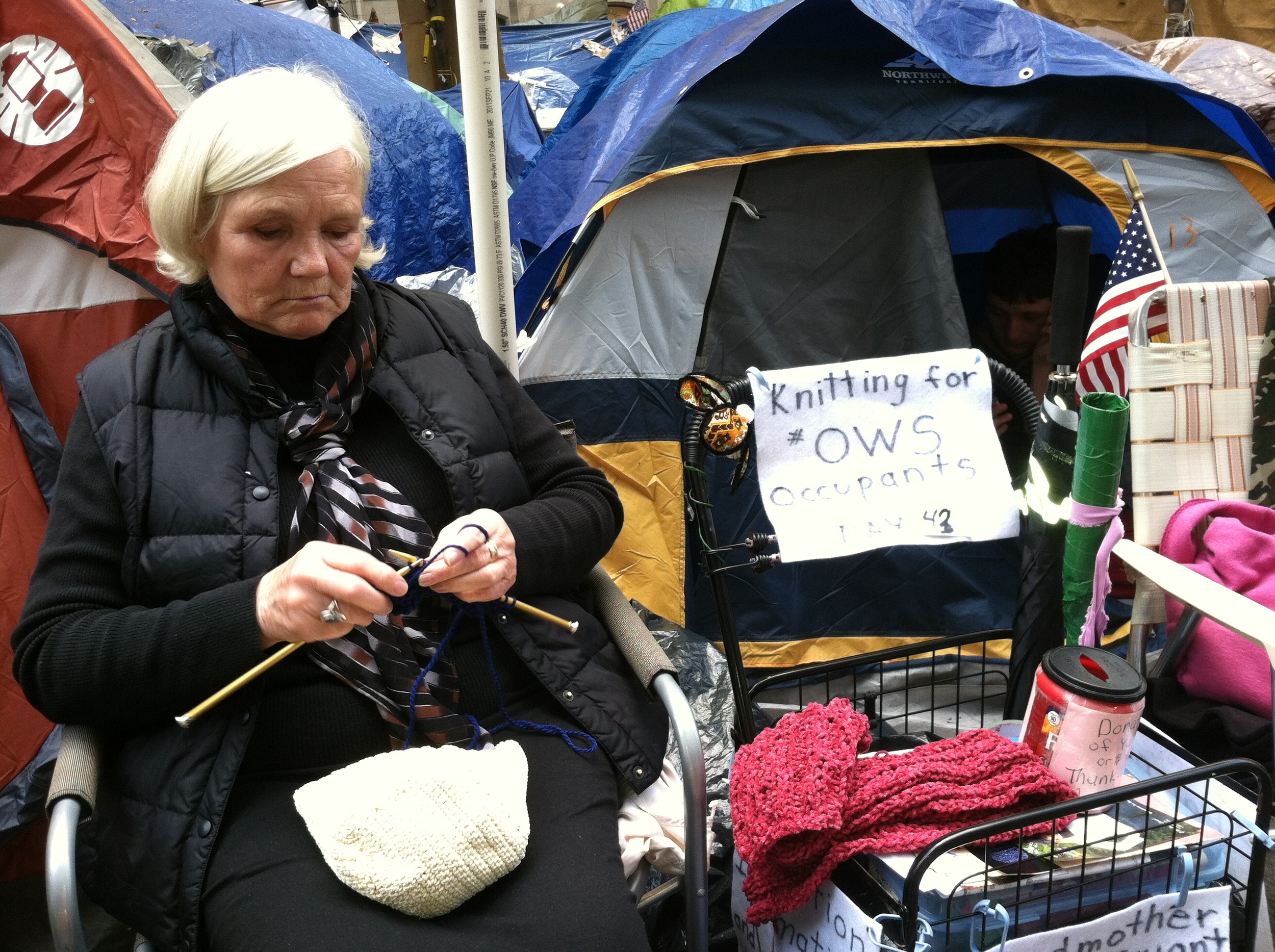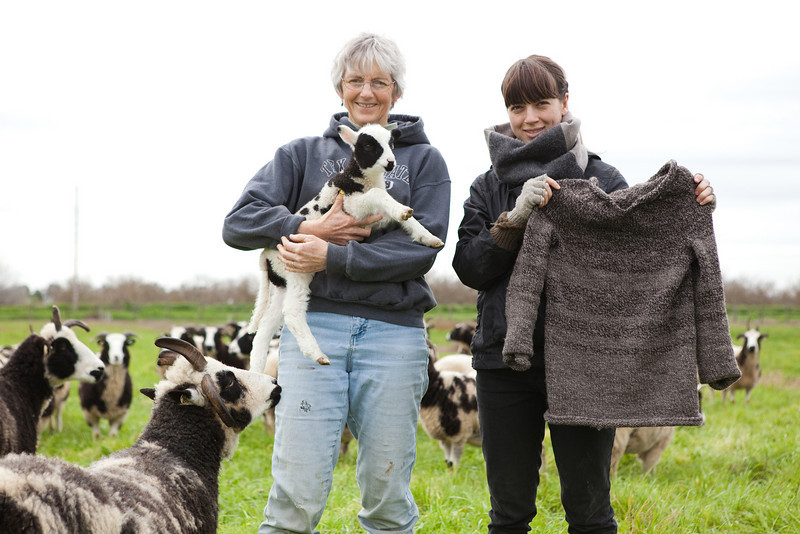Harold Koda has served as the Curator-in-Charge of the Costume Institute of the Metropolitan Museum of Art in New York since 2000 and is the author of 19 books. He agreed to an interview on the subject of art and fashion with Ingrid Mida and this is a transcript of their conversation on September 16, 2011. Harold will be speaking tomorrow, November 8, 2011 for the Bata Shoe Museum Founder's Lecture on the topic of Fashion and the Art Museum.
Ingrid: Do you have an opinion on where the boundary sits between fashion and contemporary art?
Harold: Until the last quarter of the 20th century, there was a clear boundary between fashion and the “fine” arts. With few exceptions fashion designers rarely saw themselves in the role of the artist. They aligned themselves more closely with creators in the applied arts, and associated their work with craft and artisanal traditions.
There were exceptions. The most notable was Paul Poiret who felt all the skills required to create an exceptional dress were those of a painter, sculptor, and musician. Even as his collections fell out of fashionability in the 1920s, critics conceded that his distinction resided in his artistic approach to design. The American mid-century designer, Charles James, who won a Guggenheim Fellowship, always promoted his work as equal to the other arts. Certainly, designers from Charles Frederick Worth, whose personal style projected a Rembrant-esque bohemianism, onward have seen the advantage that a “high art” association might have on their design house. This is especially notable in collaborations between fashion houses and contemporary artists (Poiret/Dufy, Schiaparelli/Dali, Tracey Emin/Longchamp, Louis Vuitton/Takashi Murakami, Miyake/Cai Guo-Qiang).
As early as Duchamp and post-Warhol, the traditional parameters of what constitutes an artwork had begun to erode or, rather, expand. This benefited fashion. The further blurring of the boundaries between art and fashion has occurred relatively recently. When contemporary artists as diverse in their practice as Cindy Sherman, Judith Shea, Joseph Beuys, Barbara Kruger, Jim Dine, and Richard Prince, all cite concepts and imagery related to apparel and the fashion system, fashion began to be seen as a subject for serious intellectual consideration. Designers, especially those that presented works on the runway intended to convey compelling ideas and themes, rather than more quotidian commercial works, began to be seen in the wider context of art production.
Ingrid: How do you feel about Matthew Teitelbaum’s suggestion that a fashion designer has to have a specific intent to engage in the artistic community in order to be considered an artist?
Harold: I like to point out, just as not all photographs are art, not all fashion is art, but what constitutes an important work in either field is not necessarily established by the intention of its creator or the reason for its creation.
While having fashion designers state explicitly that their work is informed by, or engages directly in the issues and practices of the arts community makes it easier to isolate their works from the general field of more commercial work, intentionality is not a sole prerequisite to the consideration of an individual designer as an artist.
Two of the greatest artists in 20th century fashion were Madeleine Vionnet and Cristobal Balenciaga. Neither had the hubris to say they created art: Vionnet always described herself as a simple “dressmaker.” However, anyone with knowledge of the métier of the haute couture would acknowledge that Vionnet’s technical virtuosity--she was the great innovator of the use of the bias cut--and aesthetic elegance, and Balenciaga’s investigation of the codified traditions of tailoring resulting in sculpted forms of unprecedented refinement made them artists. All their clothes were meant to be worn and none were created purely for art-for-art’s-sake, but even deprived of a cultural, political, economic, and gender narrative, their designs transcend the pragmatics and function of dress to achieve something grander akin to other artistic masterworks.
Ingrid: Nathalie Bondil of the Montreal Museum of Fine Art said that she didn’t care that Jean Paul Gaultier said that "fashion is not art". She thought it important to convey his premise that beauty has no singular shape, age, size, or sexual orientation. This message is presented very subtly within the context of the exhibition and probably lost to the average viewer. Do you feel it is important for a designer to convey a social, political or conceptual premise over the course of their career to merit presentation within the confines of a museum?
Harold: Not necessarily. For example, we don’t generally insist on such criteria for a painting on a Japanese sliding door, the carvings on a New Guinea spear, or the casting of a Shang bronze vessel, but it would be disingenuous to suggest that designers who freight their creations with narratives beyond their simple utility and formal qualities of dress are not more easily rationalized as artists. We prize the work of designers like Hussein Chalayan, Alexander McQueen, and John Galliano, not for the manifestations of their work put into production, but for their most difficult, conceptually-driven, often commercially untenable, creations. On the other hand, a designer like Azzedine Alaia seems actively to avoid any larger allusion to his work other than to create beautiful clothes. Still, the originality of his designs and the technical mastery they reveal would have anyone who knows this field concede that he is an artist.
Ingrid: Do you think curators play a significant role in defining a fashion designer’s work as an artist? In other words, the curator can make choices to animate a display of costume with light, sound, and/or video, group displays thematically instead of chronologically, and select mannequins to enhance the presentation as an art installation. Do you think it is possible to turn any designers work into an art installation?
Harold: Curators may play a role in establishing certain designers as exemplary and as artists. To function successfully as a curator requires a knowledgeable specialization in a subject area with a level of expertise and the discrimination associated with that. But it is in the isolation of an individual design or selected works from a designer--that is by editing--that a curator argues for an evaluation of the artistic achievement of that designer.
To attempt to establish the value of a body of work simply through installation techniques would be a kind of subterfuge. It might be possible, but in the end it is about the importance of the object. Most curators do not see themselves as installation artists in which the work of others is reduced to a component of their new artistic vision or creation.
Perhaps this will seem a subjective approach, but there are instances where as a curator one sees a design as something conceptually or culturally richer in meaning than the creator of the piece intended. Sometimes a design can be imbued with much more aesthetic, intellectual, and emotional resonance than its creator ever imagined. To place such an object in the context of a museum with the cultural imprimatur it suggests seems legitimate.
Ingrid: Fashion is far more accessible to the average person than contemporary art is. Do you feel that this is a driver behind the increasing popularity of fashion exhibitions in the museum world?
Harold: It has always been my observation that no matter how familiar an audience is with the work of a painter of sculptor, their reaction in the galleries is a hushed reverence, where their responses and comments are whispered. In our costume galleries, comments are more freely articulated in a conversational tone. The reason for this might be that with clothing, even if it is the apparel of the French 18th century court or an item of haute couture beyond the reach of most of the population, people feel the right to their opinions based on their own direct knowledge of what it means to get dressed every morning. At the Museum, The Costume Institute galleries are in the far north end on the ground floor. They are difficult to find. Philippe de Montebello used to say when he was Director here, “The Costume Institute is a point of destination.” He was acknowledging that our audiences had to search us out. That our attendance numbers are among the highest in the institution suggests the popularity of the collection.
However, furniture is as much a part of our lives as clothing, but exhibitions on furniture and furniture makers do not draw as much interest as costume exhibitions. Perhaps it is less about accessibility than the fact that clothing is able to represent a myriad of issues that have a direct relevance to each of us and the identities we construct and convey. So, more than accessible, I’d say the operative word is relevant.
Ingrid Mida is a Toronto-based artist and writer who recently gave the keynote address at the Costume Society of America mid-west conference on the subject of Fashion and Art.
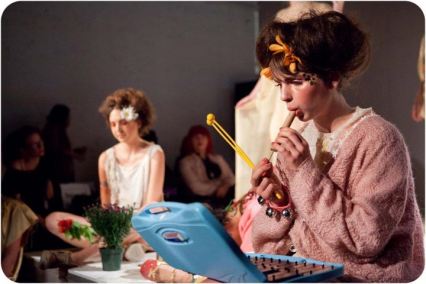 Andrea Diodati, Friends of the Flowers, An Absurdist Tableau
Andrea Diodati, Friends of the Flowers, An Absurdist Tableau